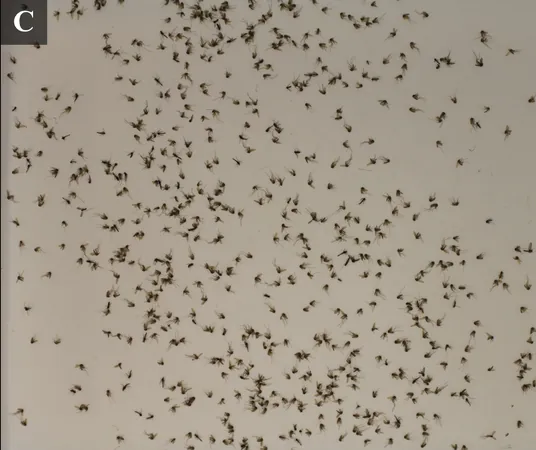
Revolutionizing Mosquito Surveillance: How Digital Counting Could Save Lives
2025-06-30
Author: Mei
Counting Mosquitoes: A New Era in Disease Control
Mosquitoes, the tiny creatures that fuel some of the deadliest diseases in the world, may have finally met their match. From the infamous Culex species that carry the West Nile virus to the Aedes species known for transmitting dengue fever and Zika virus, the urgent need for effective mosquito surveillance has never been clearer. Traditional surveillance methods often fall short due to sluggish data processing and human error, risking a spike in pathogen transmission. But imagine a world where counting mosquitoes could happen with unparalleled speed and accuracy—welcome to the future of mosquito surveillance.
The Groundbreaking Study by SLCMAD
Researchers at the Salt Lake City Mosquito Abatement District (SLCMAD) have just revealed a groundbreaking technique that could transform how we monitor these disease vectors. By digitizing the counting process through high-resolution photography and sophisticated software, they have achieved something noteworthy, with their findings recently published in the Journal of Insect Science.
Old Methods vs. New Technology: A Battle of Efficiency
The traditional methods for mosquito sampling involve weighing or measuring the volume of samples—procedures that are not only labor-intensive but also prone to inaccuracies. Environmental factors like humidity and mosquito size can throw off these measurements. The SLCMAD team, comprised of dedicated scientists, put these old methods to the test against their innovative digitized optical-counting approach.
The Experiment: Counting Over Two Million Mosquitoes
Over a dramatic 26-week period, the researchers conducted exhaustive fieldwork across a sprawling 285-square-kilometer area in Salt Lake City, collecting over 2 million mosquitoes. After filtering out non-mosquito insects, they utilized three distinct methods of counting: mass measurement, volume measurement, and the new digitized optical counting technique using ImageJ software.
Results That Speak Volumes
In their initial findings, all three methods performed well. However, as the season progressed, a stark contrast emerged. While digitized counting consistently delivered accurate results, both mass and volume measurements demonstrated a troubling decline in reliability. Over-estimations and under-estimations became common pitfalls for these traditional methods, clearly highlighting the advantages of digital counting.
Overcrowding: Learning from the Errors of Excess
The researchers also discovered that overcrowding the counting tray with mosquitoes severely impacted the accuracy of the digital counting method, illustrating a need for optimal conditions to achieve the best possible results.
A Game Changer for Mosquito Control Agencies
The implications of these findings are monumental for mosquito control agencies, which often experience pressure for rapid responses amid limited personnel. SLCMAD’s Bibbs emphasizes that adopting technology like ImageJ could safeguard the quality of surveillance efforts, allowing agencies to enhance their capabilities without sacrificing speed.
Implications Beyond Borders
While diseases like dengue and Zika are currently less frequent in the U.S., the threat of West Nile virus looms large, with thousands of cases reported annually. Globally, the situation is dire—millions suffer from mosquito-borne diseases, particularly in vulnerable regions like Central and South America and Southeast Asia. Implementing the ImageJ-based technique could drastically reduce these infections and associated fatalities.
Conclusion: A Bright Future for Disease Surveillance
The dawn of digital mosquito surveillance signifies not just a leap in technology, but a potential life-saving advancement in the battle against vector-borne diseases. As the SLCMAD study illustrates, the future is bright for managing these notorious pests, promising to elevate public health efforts across the globe.
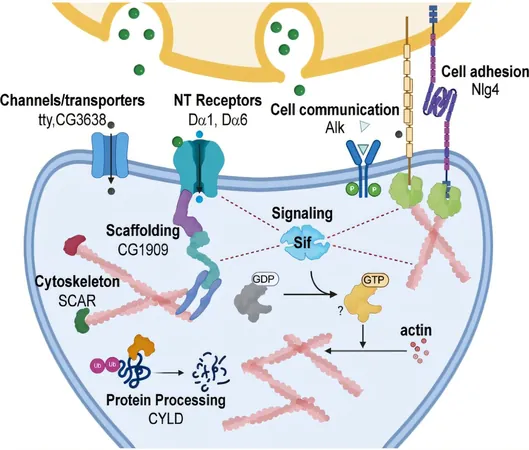
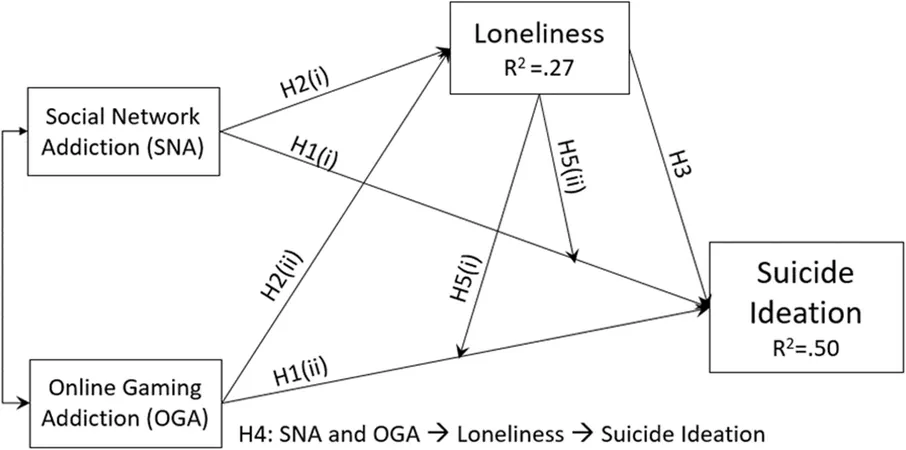
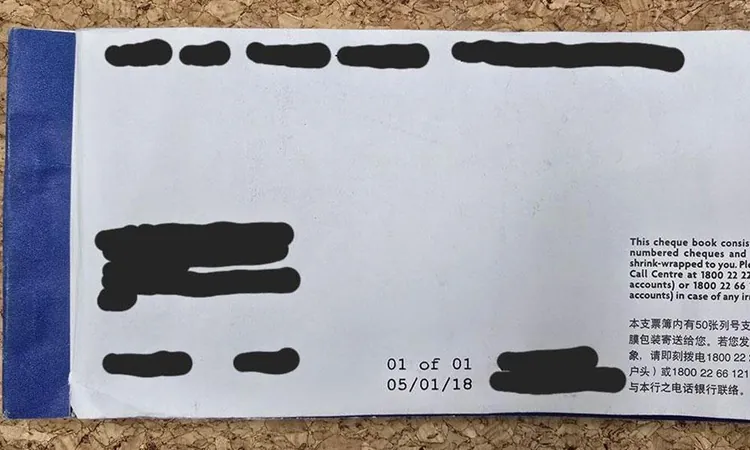
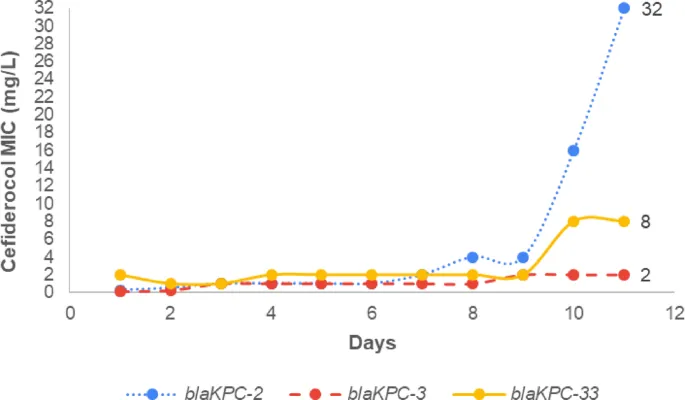
 Brasil (PT)
Brasil (PT)
 Canada (EN)
Canada (EN)
 Chile (ES)
Chile (ES)
 Česko (CS)
Česko (CS)
 대한민국 (KO)
대한민국 (KO)
 España (ES)
España (ES)
 France (FR)
France (FR)
 Hong Kong (EN)
Hong Kong (EN)
 Italia (IT)
Italia (IT)
 日本 (JA)
日本 (JA)
 Magyarország (HU)
Magyarország (HU)
 Norge (NO)
Norge (NO)
 Polska (PL)
Polska (PL)
 Schweiz (DE)
Schweiz (DE)
 Singapore (EN)
Singapore (EN)
 Sverige (SV)
Sverige (SV)
 Suomi (FI)
Suomi (FI)
 Türkiye (TR)
Türkiye (TR)
 الإمارات العربية المتحدة (AR)
الإمارات العربية المتحدة (AR)